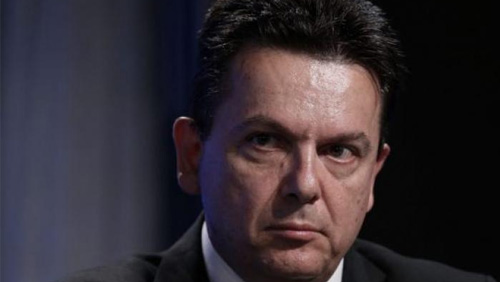Australian senate powerbroker Nick Xenophon and his political party have unveiled plans to cut South Australia’s number of poker machines from 12,100 to 8,100 in a span of five years.
 The Guardian reported that Xenophon’s SA Best Party has rolled out its newest gambling reform package, a policy described as “both a deal maker and a deal breaker.” Xenophon, who made a name in politics 20 years ago for his “No Pokies” battle cry, believes that the rethought package is “sensible and practical.”
The Guardian reported that Xenophon’s SA Best Party has rolled out its newest gambling reform package, a policy described as “both a deal maker and a deal breaker.” Xenophon, who made a name in politics 20 years ago for his “No Pokies” battle cry, believes that the rethought package is “sensible and practical.”
“What we’ve said is that there’s flexibility within the way that you achieve it, but what we’re seeking to achieve is, I think, reasonable,” Xenophon said, according to the news outlet. “I suggest to you that if SA Best is in a position of power to hold the next government to account, then both Labor and the Liberals will become born again gambling reformers in a very short amount of time.”
In a nutshell, SA Best Party proposes to reduce the number of poker machines in hotels and clubs and introducing a system of AUD1 (US$0.79) maximum bets per spin. The political party also wants to get rid of the Eftpos access near the pokies and to prohibit the gambling industry from pouring money into the campaign kitties of political parties.
They also plan to introduce a “buyback” scheme to assist more than 140 venues which currently offer 10 or fewer poker machines. Xenophon admitted that the party had no idea how much the policy would cost taxpayers.
The proposed gambling reform package immediately drew mixed reactions from different sectors.
State opposition leader Steven Marshall described Xenophon’s latest pokies stance as “the most astonishing backflip in the electoral history in South Australia,” accusing the habitual gambling scold of compromising his principles.
Marshall said his Liberal party would turn down any SA Best offer to help form a government after the March elections.
Meanwhile, the South Australian branch of the Australian Hotels Association warned that SA Best’s latest package would result in the closure of hotels across South Australia and would leave an estimated 26,000 people jobless.